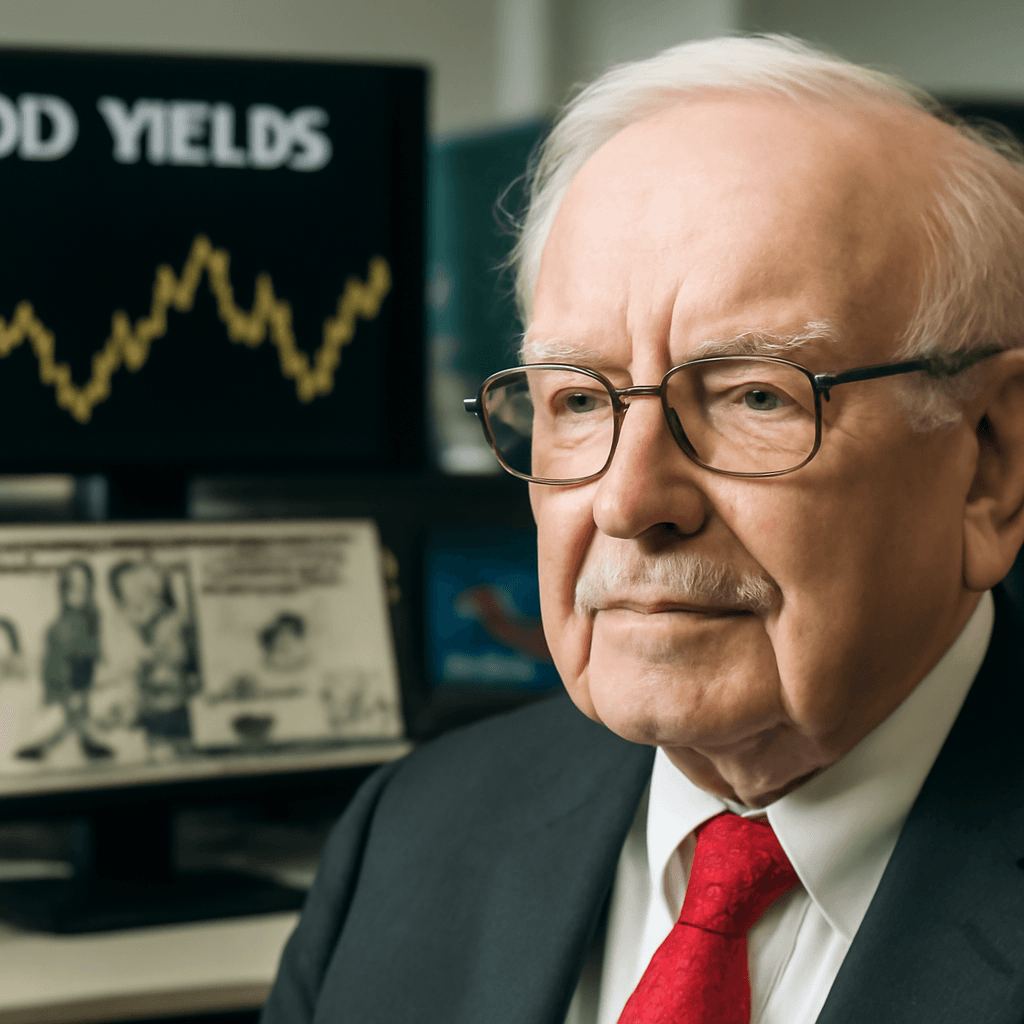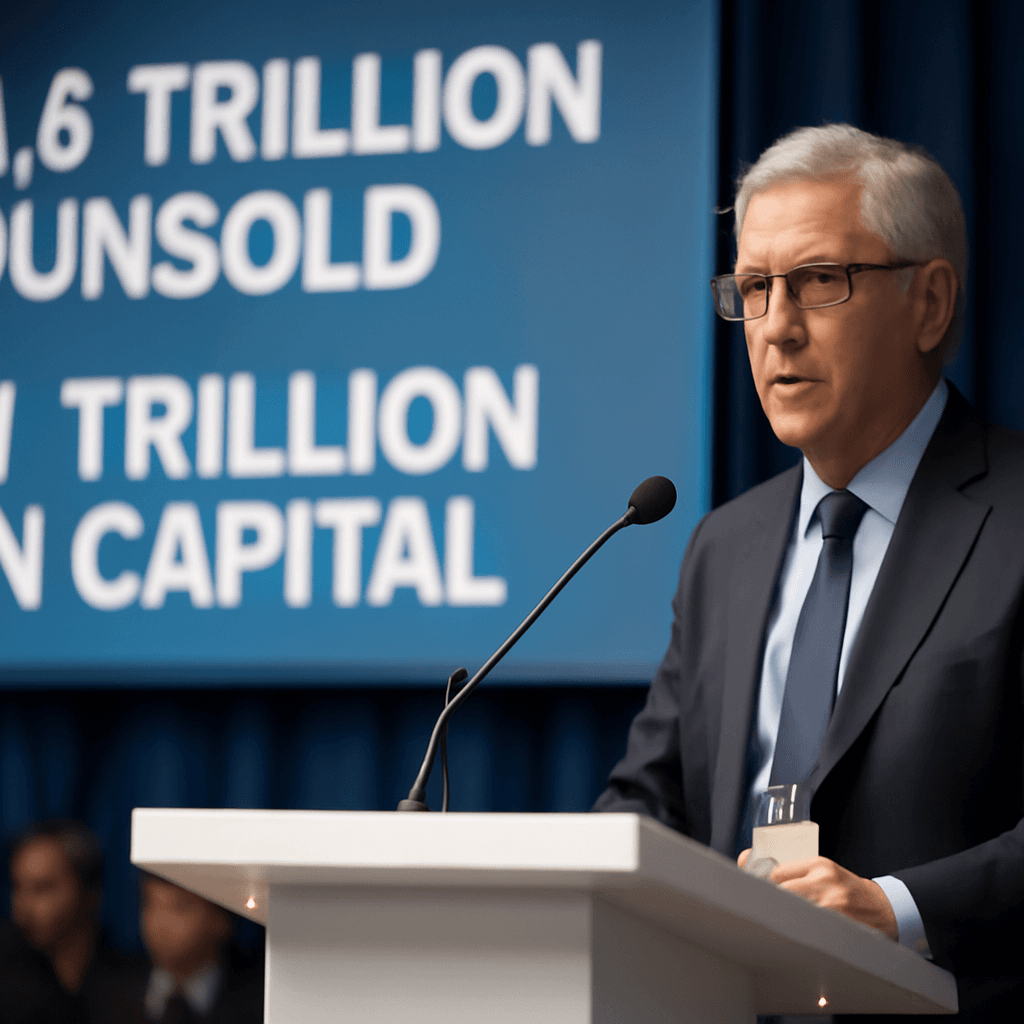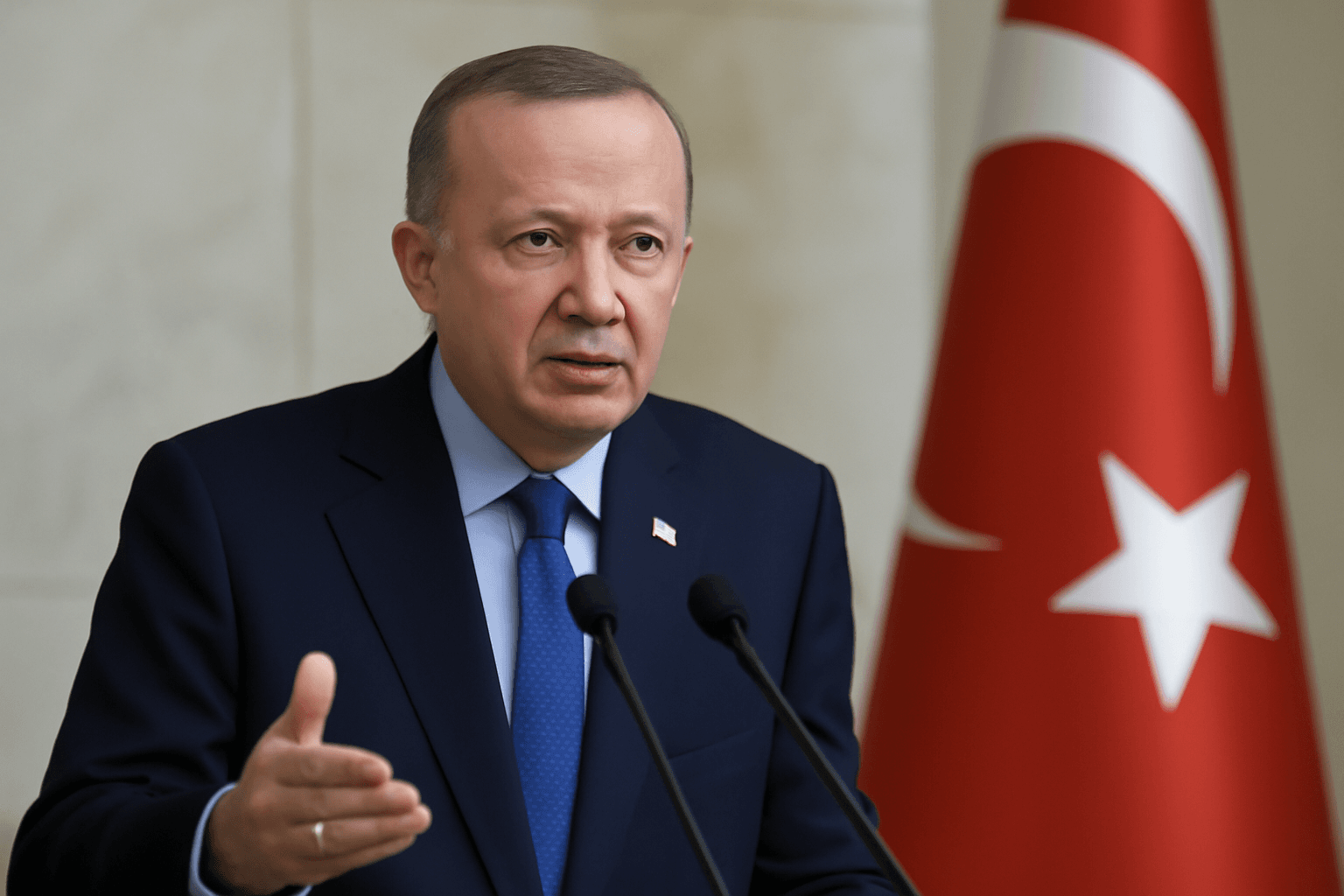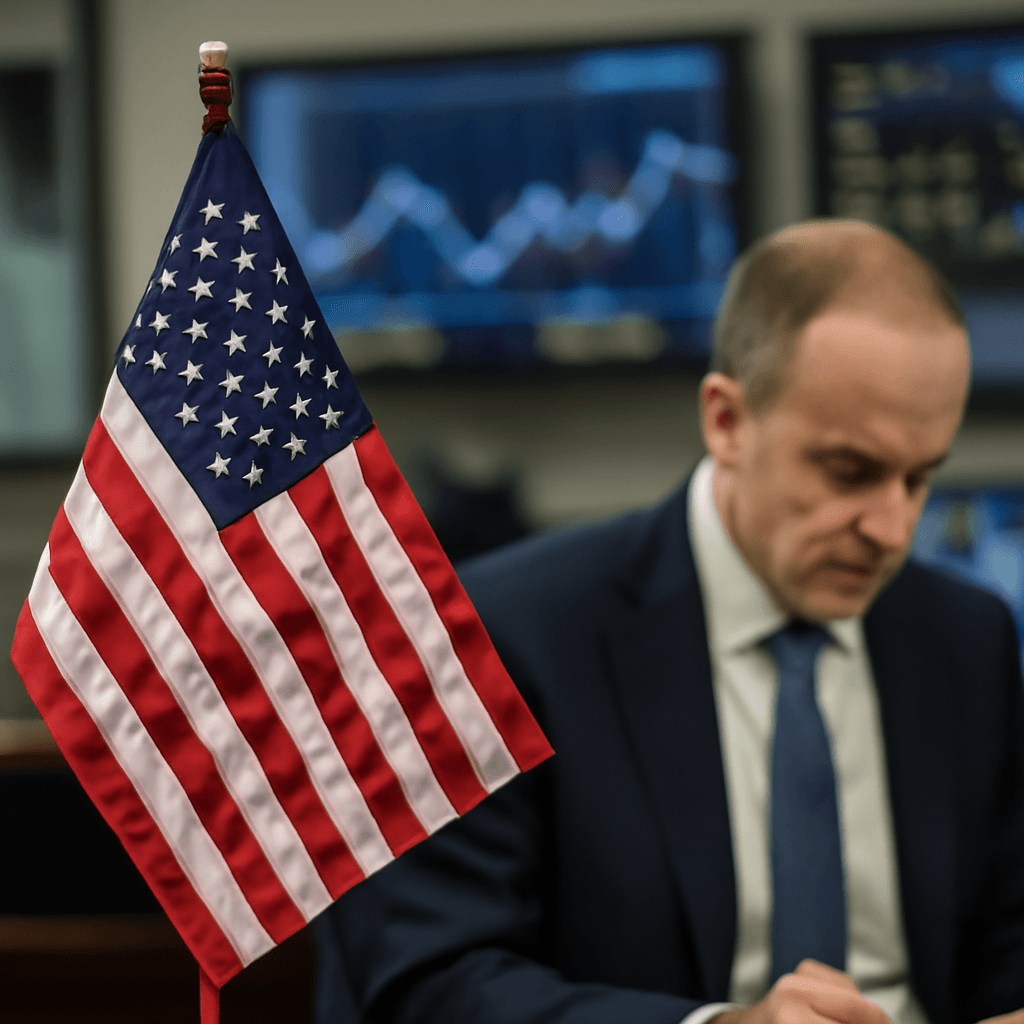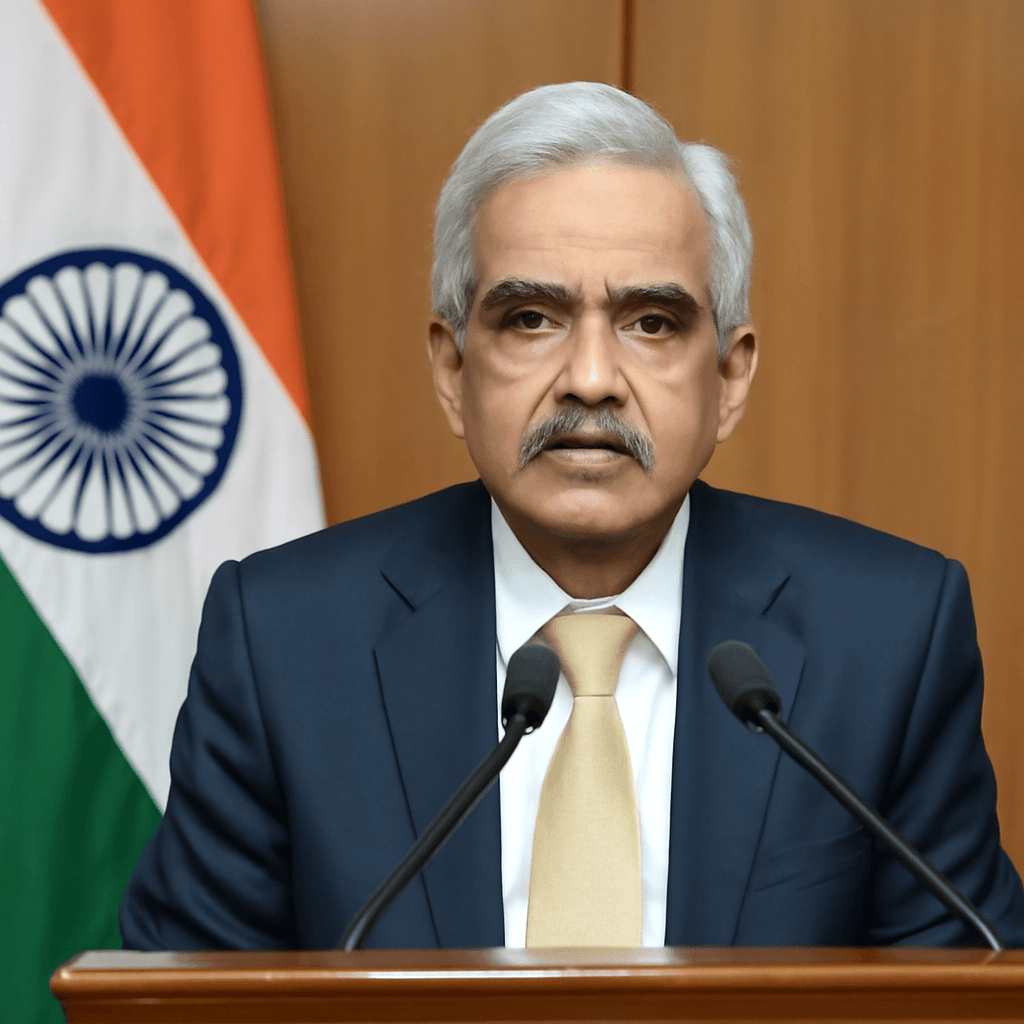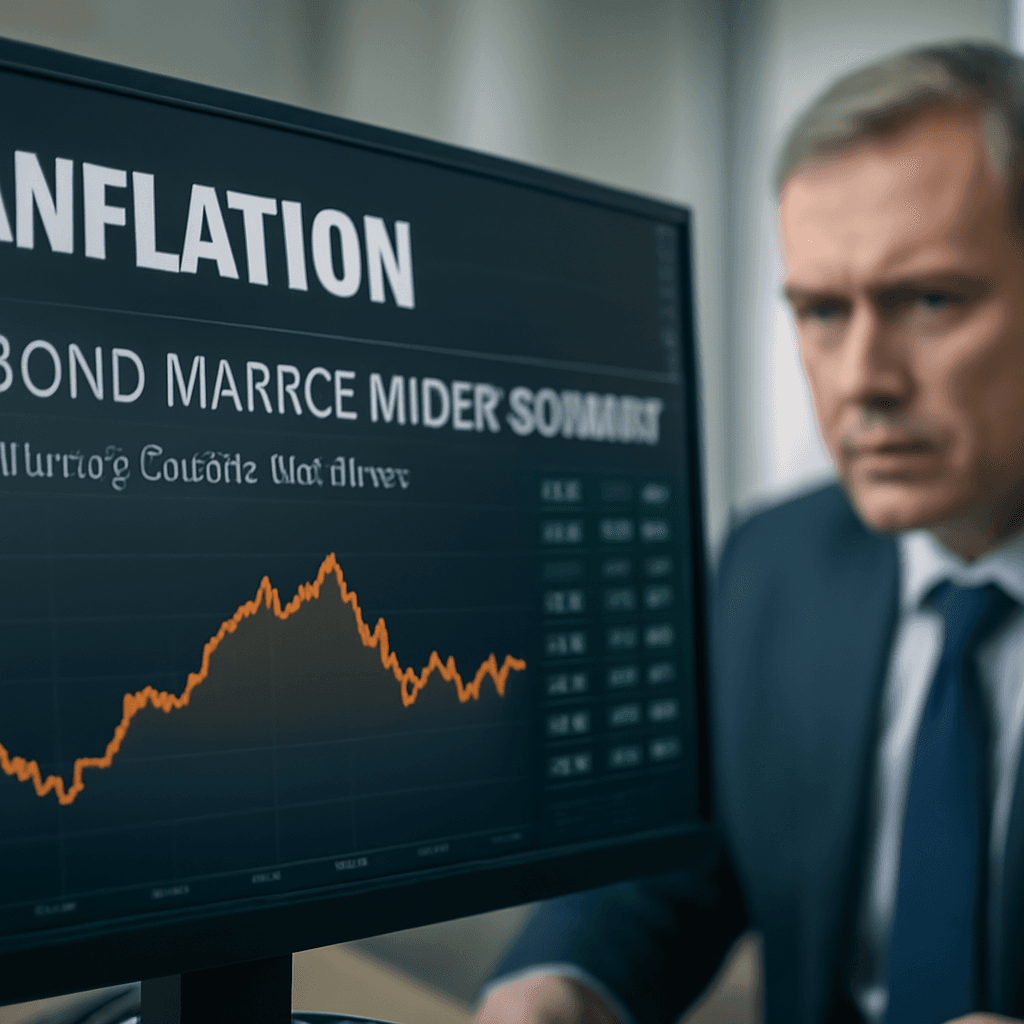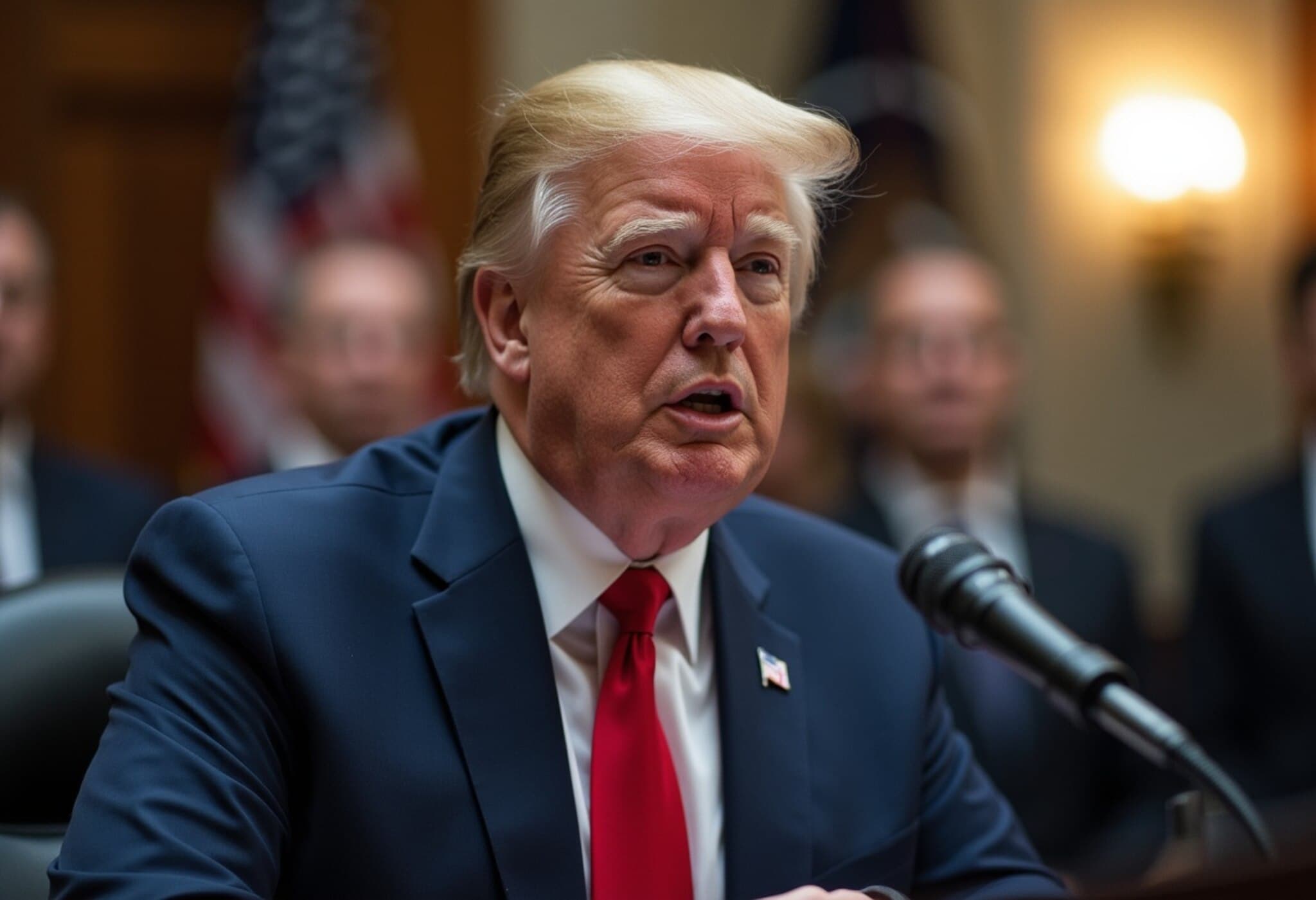Sharp Outflows Signal Growing Investor Worries on US Debt and Inflation
Investors are pulling billions out of long-term US bond funds at a pace not seen since the height of the pandemic, reflecting escalating concerns over the country's mounting debt and inflation prospects. According to recent data, net outflows from long-duration bond funds—which encompass both government and corporate bonds—have approached $11 billion during the second quarter of 2025 alone.
This marks a dramatic turnaround from the consistent inflows averaging $20 billion per quarter over the preceding three years. Such fund flow patterns serve as a crucial barometer of market sentiment, indicating growing unease about the long-term fiscal outlook in the United States.
Inflation and Fiscal Policy Stir Investor Anxiety
The wave of withdrawals coincides with increased apprehension about fiscal policy developments, particularly a proposed tax package expected to significantly swell the national debt. While government officials argue that the impact will be neutralized by anticipated tariff revenues and economic expansion, investors remain cautious about the surge in bond supply that could result.
As one fixed-income expert succinctly put it, “There is a lot of concern domestically and from foreign investors about holding the long end of the Treasury curve.” Inflation fears further compound the issue, since rising prices diminish the real return on long-term fixed income securities.
With inflation stubbornly above target and a heavy pipeline of government debt on the horizon, market participants are bracing for volatility. The current environment presents a significant challenge for holders of long-dated bonds, which are particularly vulnerable to price erosion in such conditions.
Short-Term Bonds and International Markets Gain Favor
The negative outlook for long-term bonds has been reflected in price movements. Long-dated US government bonds have shed approximately 1% this quarter, a recovery from initial steep losses triggered by tariff news earlier in the year. In clear contrast, short-term bond funds have attracted capital inflows exceeding $39 billion this quarter, as investors seek higher yields amid persistent Federal Reserve rate hikes.
Some portfolio managers suggest that investors may increasingly diversify into global fixed income markets to balance risks. However, despite recent trends, experts emphasize the enduring role of US Treasuries as fundamental components of global bond portfolios.
That said, the market may soon demand richer returns for holding longer maturities. Investors could require heightened yield compensation to absorb additional long-term debt, signaling potential tremors rather than an outright seismic shift in the Treasury market.







